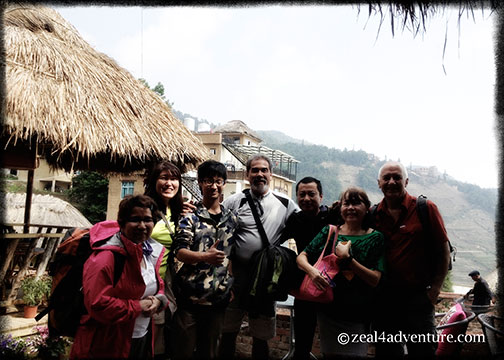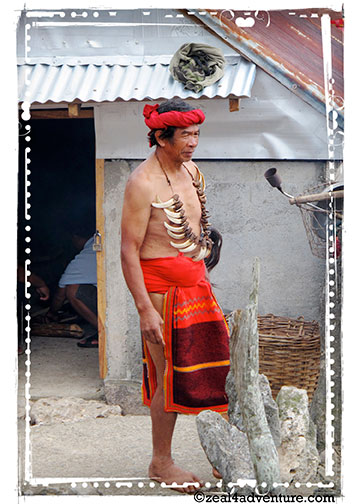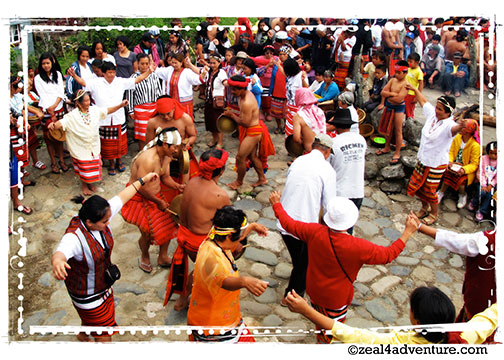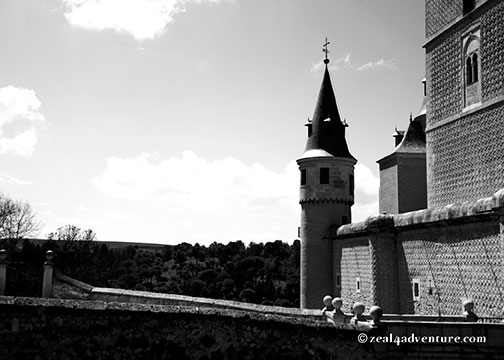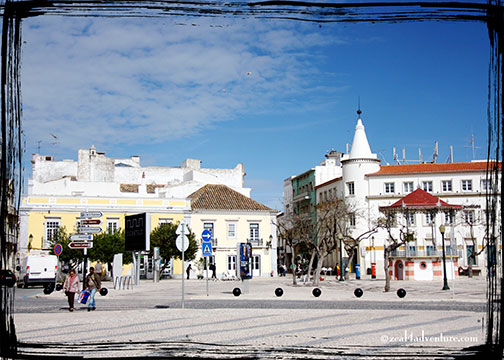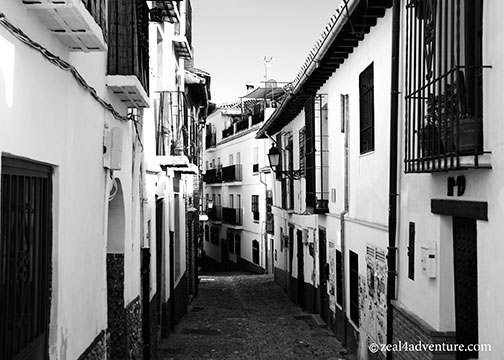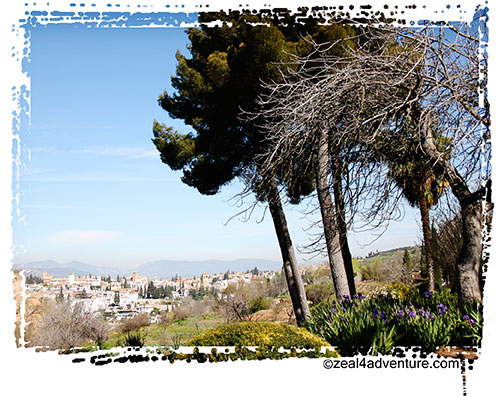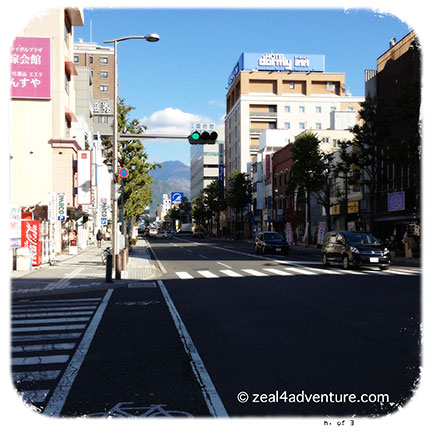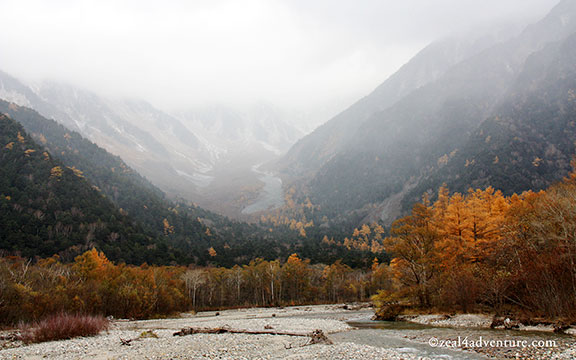Hokkaido’s second largest city is a good base for those exploring the nearby Daisetsu mountain range and the picturesque Biei-Furano. But because we were there in the dead of winter and we don’t ski, we had other things in mind. We were there for the 58th Asahikawa Winter Festival, its zoo, and ramen.
The Asahikawa Fuyu Matsui
Also known as the Asahikawa Winter Festival, it is an enjoyable fusion of lights, music,
 A popular stall to warm the body and soul.
A popular stall to warm the body and soul.
ice and snow sculptures, fireworks, kids activities, and food found in 2 venues.
While it may not have the scale of Sapporo’s festival, it can boast of having the largest snow sculpture in the world in the way of its stage, where all performances are held. The massive sculpture can be found overlooking the Ishikari at the Tokiwa Park near the Asahibashi bridge, where the opening and closing ceremonies are held. To build its main snow sculpture for the festival, the town enlisted the help of their country’s Self Defense Force.
Aside from the Asahibashi site, the Heiwa Dori showcases the ice sculpture competition, where teams from all over the world compete for the best ice sculpture.
Asahiyama Zoo
If truth be told, the videos of the penguin parade were enough to get me to Asahikawa. More of them on my next post because not only does the zoo boast of the Penguins, it is a zoological garden that allows visitors to see the animals from various angles.
Highlights include a glass tunnel through the penguin pool that allows the birds to be seen underwater, many arctic animals such as polar bears, seals and a lot more.
Asahikawa Eats
And of course, a visit to this part of Hokkaido will never be complete without enjoying a bowl of its famous ramen. You’ll find this all over Asahikawa, but we had ours at the Ramen Village on our way back to town from the zoo.
It was a perfect cap to the freezing day at the zoo.
And the freezing weather shouldn’t stop you from enjoying this melon flavored soft served ice cream.
Asahikawa is beautiful during the winter providing an excellent base to bask in all things winter. You will not be disappointed.




























